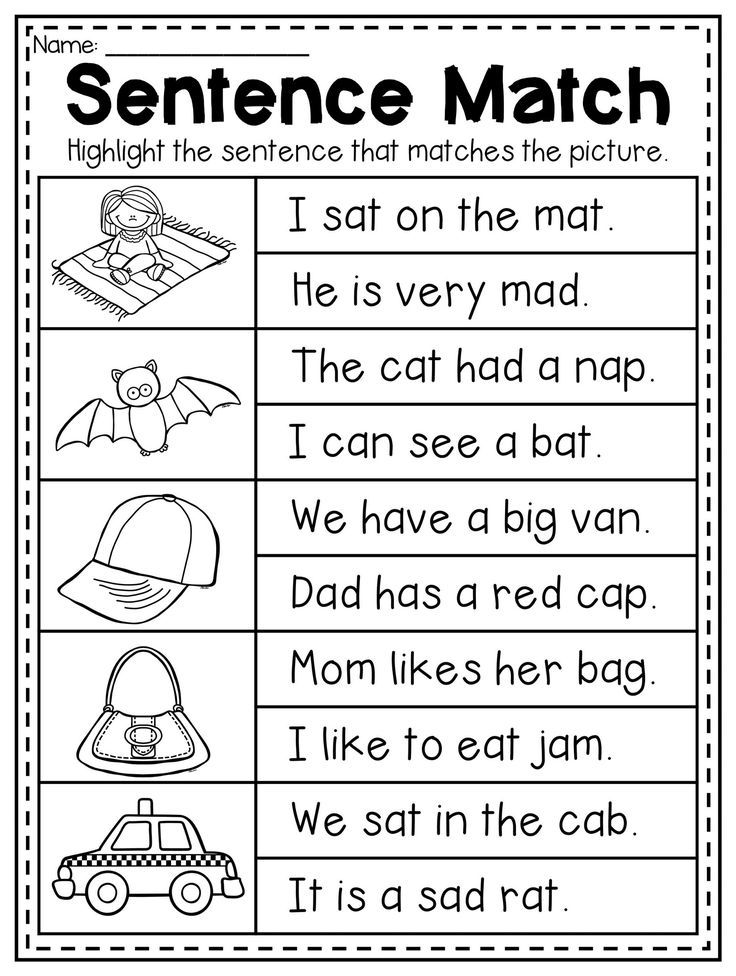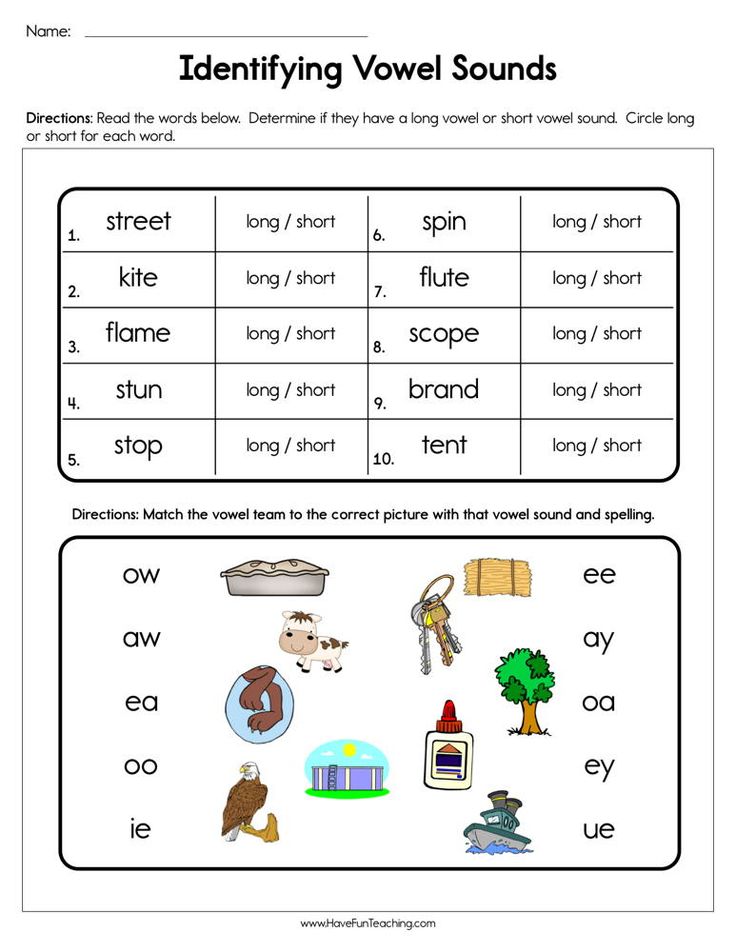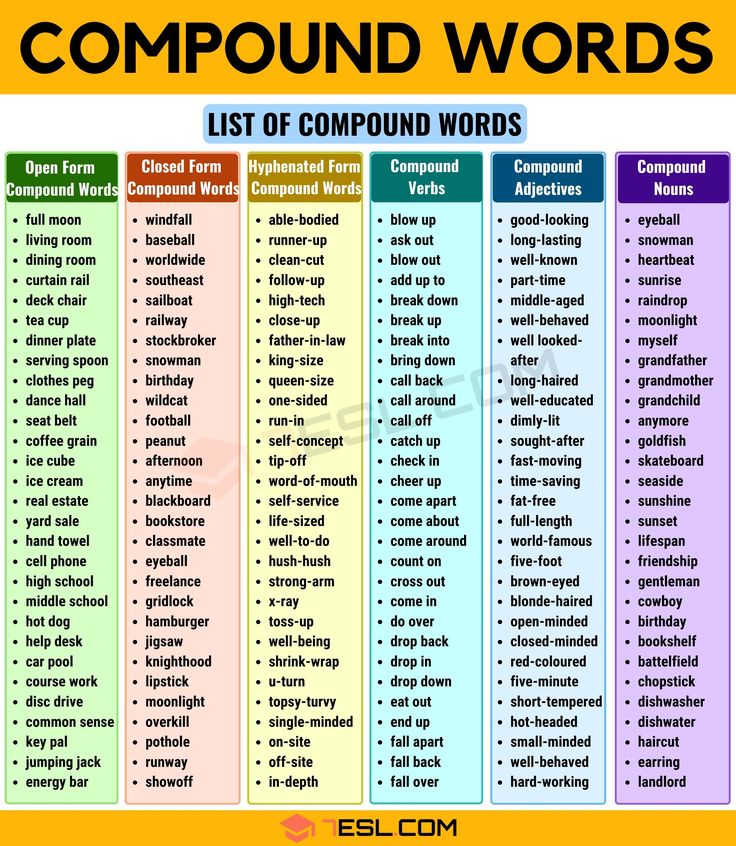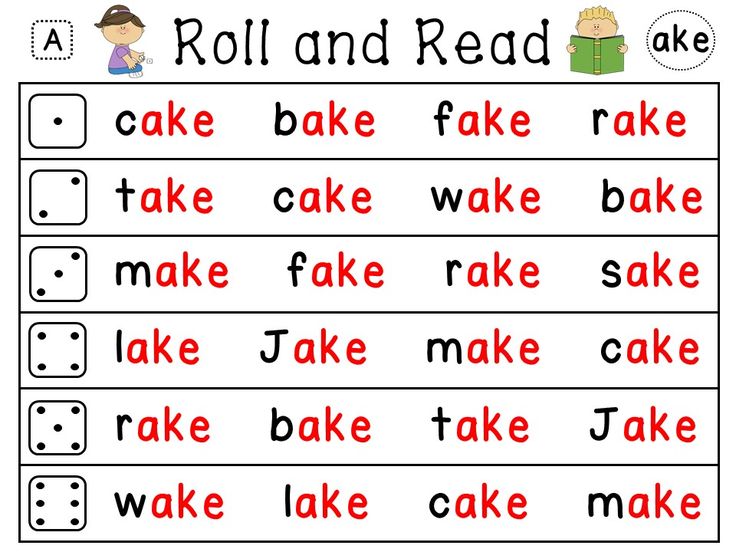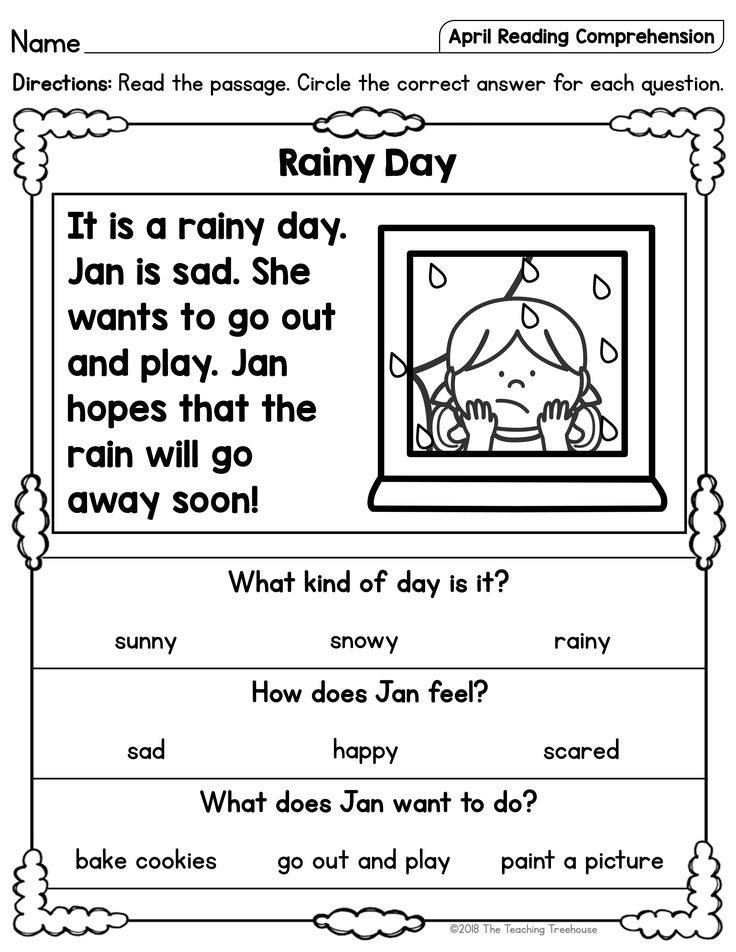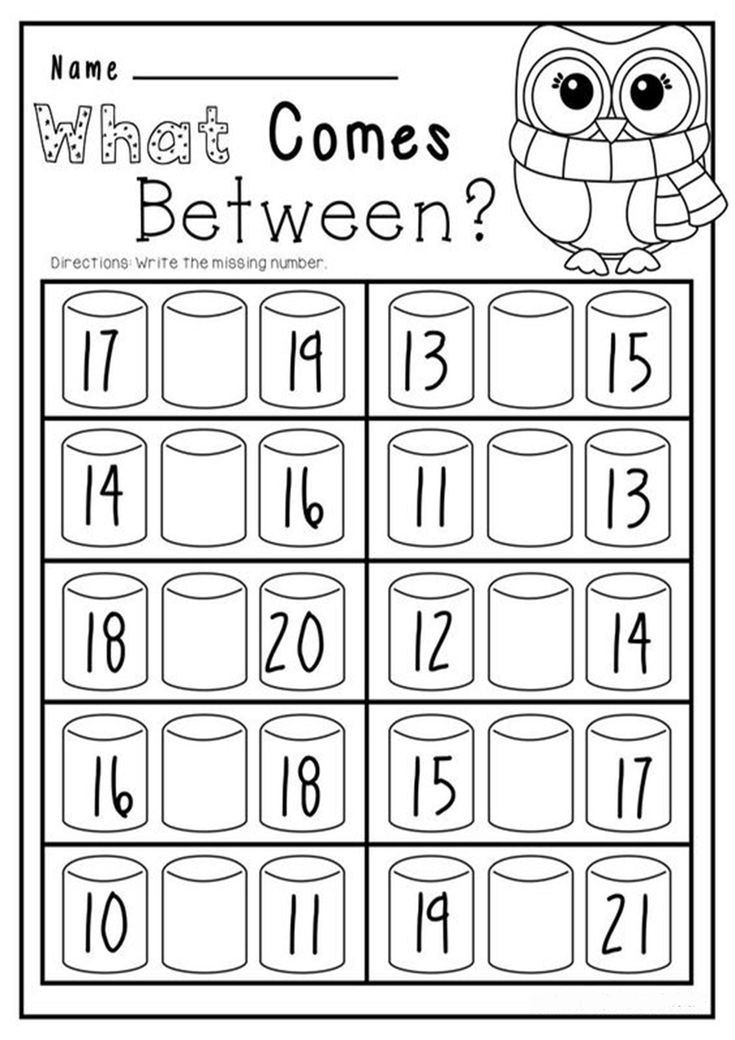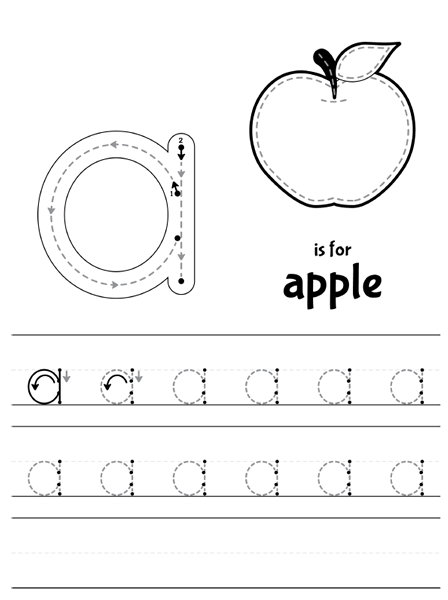Sounds of alphabets for kids
5 Fun And Easy Tips
Letter sounds are one of the very first things your child will encounter when they begin to explore reading.
By recognizing the phonetic sounds that alphabetic letters make, your child will take their first big step toward associating words with their individual sounds, an essential tool for, when the time is right, sounding out words.
Most new readers start from the same place — by learning their letters! And no matter where your child is on their reading journey, working with them on their letter sounds is a great way to help strengthen their fundamental skills.
Here are five fun and effective tips for working on letter sounds with your child.
5 Fun And Easy Ways To Teach Letter Sounds
1) Touch And Feel Letters
Humans are tactile creatures, and we depend on touch to tell us a lot about the world around us. This is especially true of kids when they’re learning!
Although most traditional reading curriculums focus on auditory and visual cues for letters and their sounds, touch can be helpful, too. We have five senses, after all, so we might as well take advantage of them!
As opposed to relying solely on how a letter looks when it’s written (and flat), adding in a physical sensory element can help your child build a stronger connection to the letter sound they’re trying to learn.
Doing this engages an extra part of their brain while they learn. Not only will they know what the letter looks and sounds like but also what it “feels” like. Associating the “feel” of a letter with its pronunciation may help them gain a better understanding of letter sounds more quickly.
There are plenty of options for exploring reading through your child’s sense of touch. The best part? Your child will get to do one of their favorite things — make a mess! Letting them get messy with letters provides a great incentive to learn.
If you’d like to try this tactile learning style, you can get started by grabbing a few blank pieces of paper. Using a thick, dark marker, write out the letters you want your child to work on.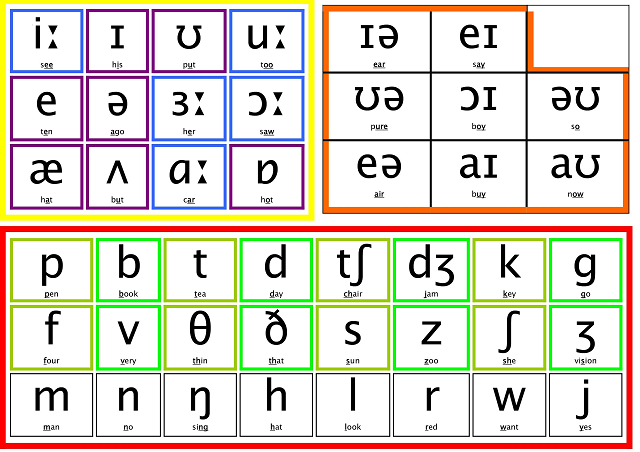
Then, you can simply grab whatever you have around the house that is malleable enough to form into letters. PlayDoh or kinetic sand are both great options.
We recommend saying the associated letter sound as your child looks at and forms the written letter with the PlayDoh or kinetic sand. You can also encourage them to shape their material over the outlined letter on the page if they need some extra guidance.
Feel free to also brainstorm words with them that share the letter sound they’re practicing. This could help them make even more connections to the letter and its sound!
If you don’t mind a little extra clean up, shaving cream can also be a great option! Simply spread out the shaving cream on a flat surface. Trace out the letter for them in the shaving cream, then ask them to do the same while you repeat the letter sound.
2) Connect Letter Sounds To Familiar Symbols
Letters and their sounds might be unfamiliar to your child. By making a connection between letter sounds and items or symbols your child might already be familiar with, you can help bridge the gap between what they don’t know yet and what they do!
Utilizing things that your child already knows and loves may encourage them to get more engaged with learning their letter sounds.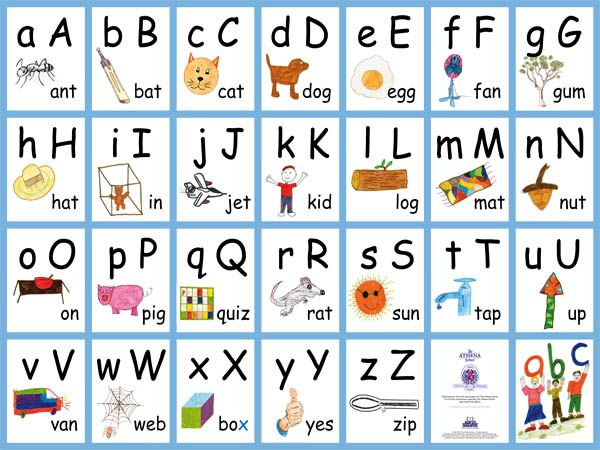 Familiar ideas will also make them feel more confident and comfortable while learning.
Familiar ideas will also make them feel more confident and comfortable while learning.
For example, if you want to start with the letter “T,” consider printing out pictures of things that start with “T” that your child loves, such as trucks and tigers. Let your child choose which pictures to use, and then help them create their very own alphabet book with those images!
Working with your child to construct their personal letter-sound alphabet — a mixture of the specific picture you want them to learn to associate with a particular letter sound — is an easy and fun craft project that will pay off in the long run.
The more personalized you can make the learning process the more fun your young learner will have!
Familiarity can also help your child beyond simply learning the letter sound: it helps them build confidence! The more your child feels like they understand and know what they’re reading, the more likely they’ll be to develop an enthusiasm for learning.
3) Repetition, Repetition, Repetition
This technique focuses on repetition, which is great for getting your child familiar with their letter sounds.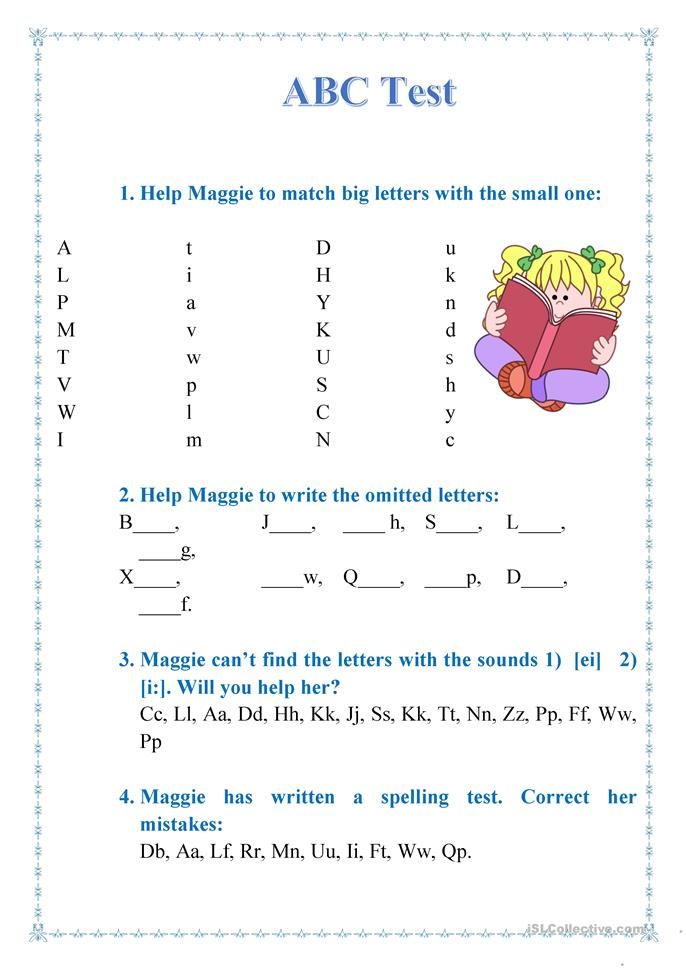 By consistently repeating the same letter sounds to them, you can help your child more easily pick up on them.
By consistently repeating the same letter sounds to them, you can help your child more easily pick up on them.
A great idea might be to focus on introducing your child to one letter sound at a time. You could make a “letter of the week” jar for your child. Place an empty jar on your counter labeled with the letter sound for the week.
Every time your child points out a word they’ve heard that starts with the letter sound of the week, they earn a “ticket” or “point” in the letter sound jar (you could also use stickers on a poster if you don’t have a jar handy).
Challenge your child to gain three or four points (or more!) during the day. You’ll want the jar to be somewhere your child sees it often — maybe in the kitchen so you can prompt your learner to think of a word while you’re making dinner or washing dishes!
They don’t have to rely on only the things they hear or see in real life, especially when it comes to those trickier letter sounds (like x, q, or z). Consider using some of your daily reading time to flip through magazines or books and point out the letter sound whenever you come across it.
Emphasizing repetition this way really gives your child the chance to focus intensely on a single letter and explore the primary sound it represents!
Giving them ample amounts of time, practice, and exposure to one sound at a time may help them with their learning longevity.
4) Digital Letters In The 21st Century
Technology is a huge new factor in modern-day learning. Not only do children learn how to read and write texts, but now they also have to learn how to use a keyboard at a very young age.
While too much media time can be bad for your child, there are ways to be mindful about media consumption and incorporate media into their letter-sound learning. Especially for busy families, media can be a really useful asset to add to your parenting tool belt.
If you’re looking for a safe, personalized, and reliable place for your child to work on their reading and letter-sound skills, our online learning center has tons of playful games and exercises!
Your child can also use a simple keyboard to engage their letter-sound skills.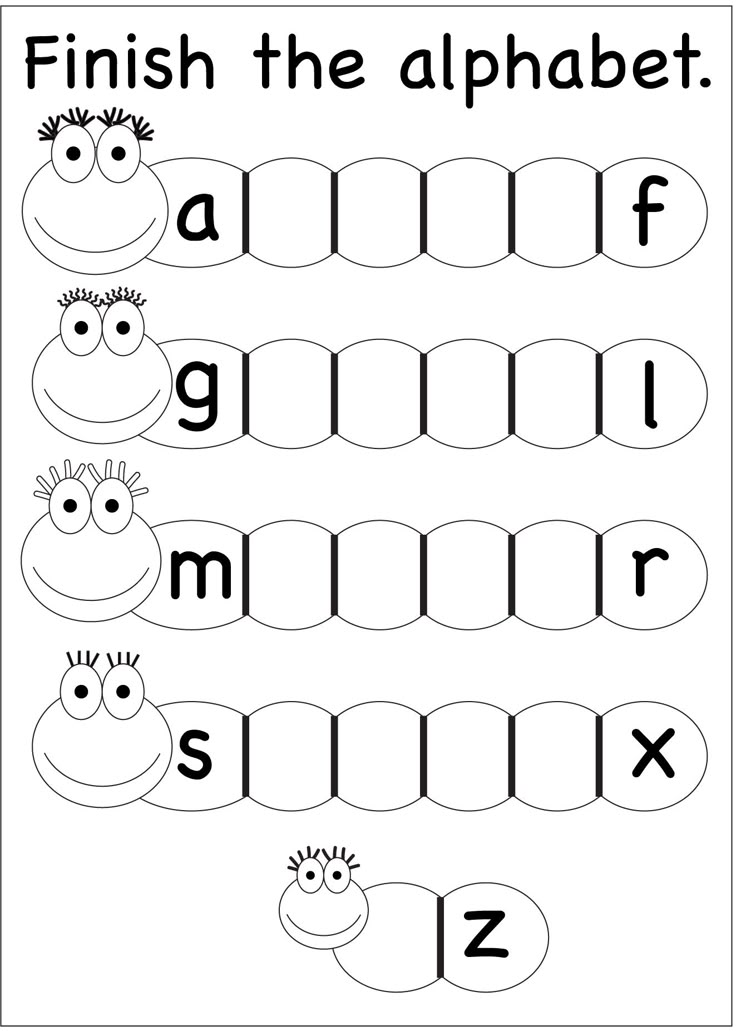 For this activity, you can call out the sound of a letter and ask your child to hit or point to the letter it matches on a keyboard.
For this activity, you can call out the sound of a letter and ask your child to hit or point to the letter it matches on a keyboard.
This exercise is easy and versatile, as you can use any keyboard you have around — on your phone, your computer, or a device designed for kids. And your child will probably love pretending to be a grown-up just like you!
5) Bingo
Classics are classics for a reason. And Bingo is a time-tested, kid-approved game!
If you’d like to take a shot at this activity, draw or print out a Bingo sheet that has pictures of things your child is familiar with (remember tip #2!). We recommend sticking to things they see daily, like apples (for the “a” letter sound), bikes (for the “b” letter sound), and so on.
To play, call out a letter sound and instruct your child to mark off the picture that begins with the same sound. If your child has siblings or neighborhood friends, consider inviting them to play along (it makes for a great virtual game, too).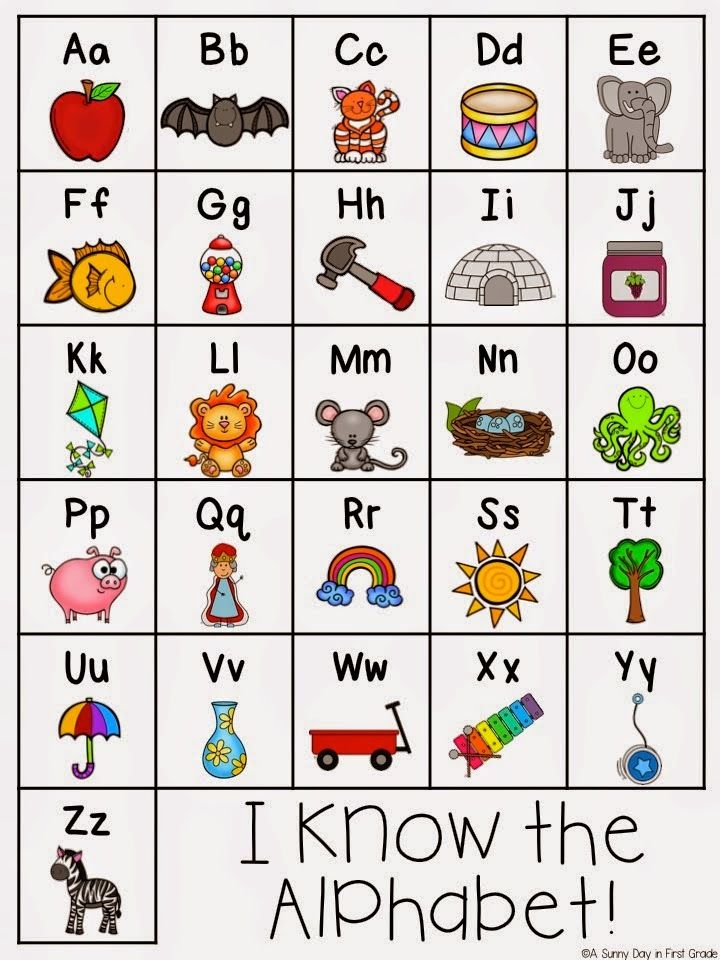
The first to make it to bingo wins!
Making Letter Sounds Fun And Functional
We hope these tips were helpful and gave you some creative ideas for how to get your child engaged with letter sounds (while having a blast along the way!).
We always want to leave you with a reminder that on the journey toward helping your child become a confident, enthusiastic reader, it may take some time to discover what learning strategies are the perfect fit for them. That’s OK!
If you ever need a little extra help or want to switch up your child’s learning routine, our learning center is always open and full of engaging and effective exercises for your emerging reader!
Author
50 ABC Letters and Sounds Games • Kids Activities Blog
Today we have a whole bunch of alphabet fun with letter and sounds learning games and activities for toddlers and preschoolers to help you young students prepare to read with fun pre-reading playful learning ideas.
ABC Games & Alphabet Sounds
Many parents have kids that are soon to enter kindergarten for the first time and are wondering what their kids should know before they head out to school on their own.
As a mom who once taught Kindergarten, I always wanted to make sure my kids are well-prepared and ready to begin their school career with a bit of an advantage by knowing their letters and sounds.
Related: Grab our free Kindergarten readiness checklist as a guide
I have seen the value in children knowing their letters early.
That said, I also recognize that kids are kids, and I want to make sure they have time to play – both independently and with me.
Let’s learn our alphabet through playing games!Learning Through Alphabet Games
Children acquire knowledge through play, so learning letters at our house is rarely a sit down structured time.
It’s a time of play and games!
The kids have fun and don’t even realize they are learning at the same time. I don’t believe we should leave teaching up to the schools. You get the great honor of being an educator of your child, and you can supplement what is happening at school by engaging your child in enjoyable yet educational ways.
I don’t believe we should leave teaching up to the schools. You get the great honor of being an educator of your child, and you can supplement what is happening at school by engaging your child in enjoyable yet educational ways.
Related: Check out our huge abc letters resource that has letter activities, letter crafts, letter printables and more for every letter of the alphabet!
I hope these resources help you feel equipped to take the reins in your own child’s education.
This article contains affiliate links.
Let’s play a hands on letter game!Hands On Letter Games
1. Letter Toss Game
Muffin Tin Learning – Want to make learning fun? This game involving throwing pennies and will keep your kids engaged. They will barely know that this is actually a lesson.
2. Growing Letters Game
Alphabet Flower Garden – This garden is full of letters and learning opportunities. It is definitely a great way to explore and grow in alphabet knowledge.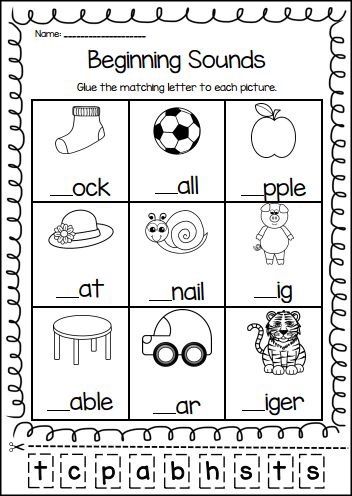
3. Unlimited ABC Games for Kids
ABC Mouse – This site gives kids tons of alphabet and phonics practice through interactive games and printables.
4. Matching Letter Game
Magnetic Alphabet Board – This letter matching activity is self-contained and is a tool to get kids to match up letters and help with identification.
5. Touch and Feel the Alphabet Game
Play Dough and Magnet Letters – Letting kids explore using their senses is a great way to learn. Play Dough is a tactile way to watch this happen.
–>Need a Set of Alphabet Magnets? I like this Magnetic Letters Alphabet Fridge Magnets Set that comes in a handy carrying tub.
6. The Great Alphabet Race
Race the Alphabet – Do you have race tracks and a child that loves playing with cars? This activity is for you! If you don’t have your own track, here’s another version.
Let’s have some fun with preschool learning games & our ABC’s.Preschool Alphabet Games
7.
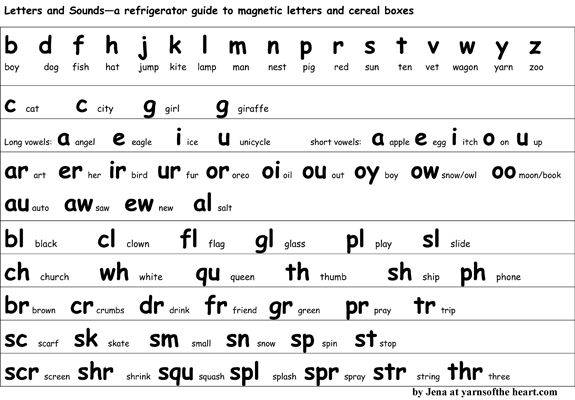 Fishing for Letters
Fishing for LettersMagnet Letter Fishing – Take your magnet letters and make a simple fishing pole. With a pond full of letters, your kids will have a lot of fun casting their line for another catch.
8. Pirate Vowel Game
Gold Coin Vowel Sound Drop – Your little pirate will have fun learning his or her vowels be playing this game.
9. Letter Stacking Game
ABC Letter Stack Game – Stacking up letters has never been so fun. They get to stack and stack until they fall, which I am sure will become the favorite part.
Related: Use these with our playful preschool homeschool curriculum
10. It Begins With…
Initial Sounds Blackout Game – Want kids to be able to identify the beginning sounds of words? This fun game will help them do exactly that.
–>Need a Wooden Alphabet Set with Flashcards? I really love the cuteness of this Tangame Wooden Magnetic Letters Alphabet Refrigerator Magnet Flash Cards for Preschool Kids that comes in a magnetic tin.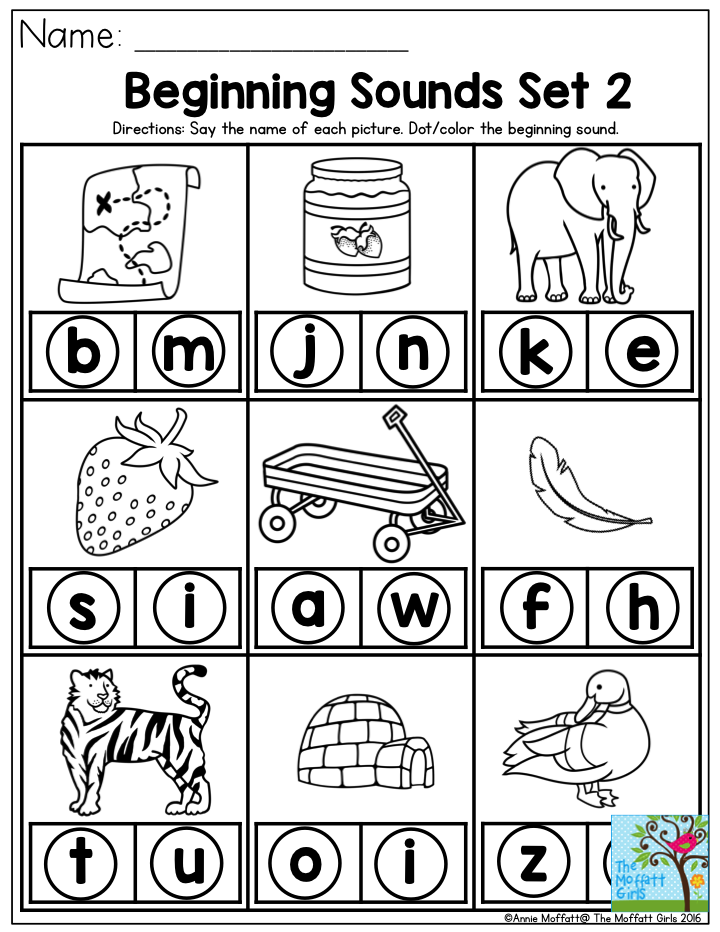
11. Letter Scavenger Hunt
Architecture Letter Scavenger Hunt – Have you seen those photos that find letters in architecture? Your kids get to go on their own letter scavenger hunt with this fun activity.
Let’s play a creative alphabet game!Creative Letter Games for Alphabet Sounds
12. Interactive Alphabet Learning Games
A-Z Letter Learning Activities – This post brings you over 90 activities for each and every letter of the alphabet. What a great resource!
13. Climb the Word Ladder
Word Ladder – Kids get to “climb” to the top of the ladder as they successfully identify letters and sounds. They don’t need to worry if they “fall,” they have the opportunity to try again.
14. Flashlight Alphabet Game
Flashlight Alphabet Game – My kids are obsessed with flashlights. I know my preschooler would love this game!
–>Need Foam Alphabet Letters for Practice? This Gamenote Classroom Magnetic Alphabet Letters Kit comes in a plastic organization case and magnet board and would be great for home too.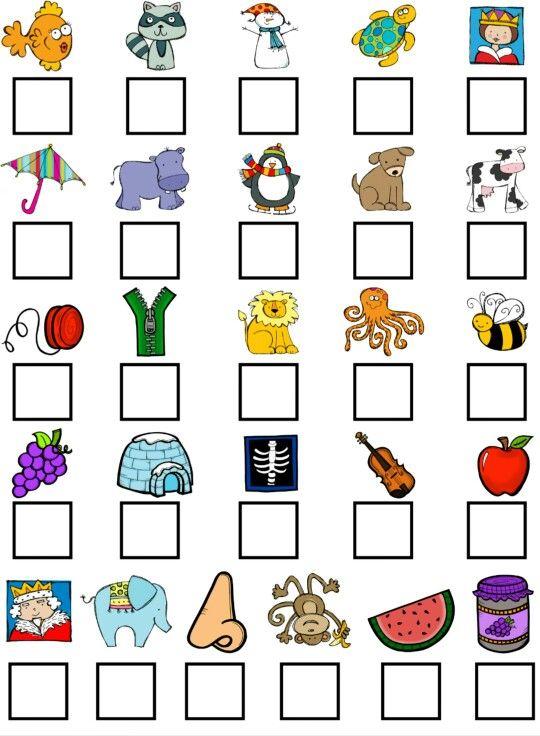
15. Make a Letter Game
Letter Formation Activity – Using materials you probably have at home, your kids will have a lot of fun forming their letters.
16. Hungry Hungry Letters Game
Alphabet Monster – This hungry monster will only eat letters if you can say the name or sound of a letter. What a fun craft to make that also turns a great letter learning opportunity.
Let’s play a game that helps us learn letters!ABC Games that Help Kids Learn Letters and Sounds
17. Let’s Host a Reading Hop
Reading Hop – This letter learning game will keep your kids active and hopping all around. If you are looking for a way to take learning outdoors, you have found it.
18. Alphabet I Spy
Alphabet “I Spy” – Take the classic and beloved game of “I Spy” and turn it into an alphabet search activity. Brilliant!
19. Can You Catch the Letters Game?
Runaway Letters Game – Your child gets a chance to grab letters and runaway while you creativity beacon the letter’s return.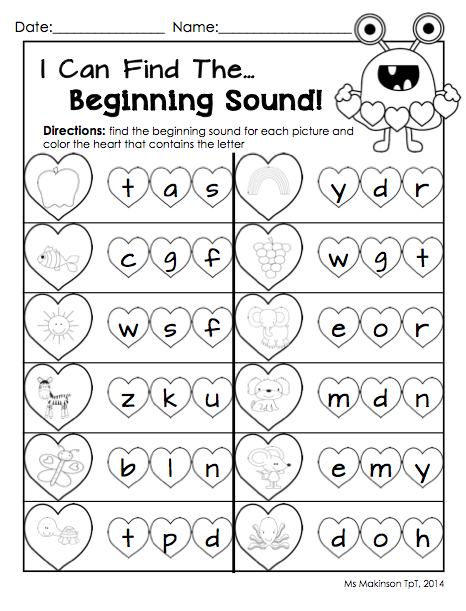 This is a great way for moms, dads or teachers to interact with their kids during the educational process.
This is a great way for moms, dads or teachers to interact with their kids during the educational process.
–>Need a Fun ABC Game? I love this ABC Cookies Game from Goodie Games that is a fun alphabet learning game for toddlers and preschoolers.
20. LEGO Spelling
Lego Spelling – If you add letters to duplex legos, you have a great way to work on sounds and words.
21. Letters Inside of Letters Activity
Making Letters with Letters – Learning letters will be reinforced over and over again as your kids use letters from magazines to create their own larger letters.
Fun Pre-K Learning games for kids!ABC Games for Pre-K
22. Letter Swat Game
Spider Letter Swat – Kids will enjoy learning their letters as they swat away at the flies in this entertaining game.
23. Letter Squirt Game
Squirt the Letter – This is a game I know my son, especially, would love. He loves anything squirt gun and anything water.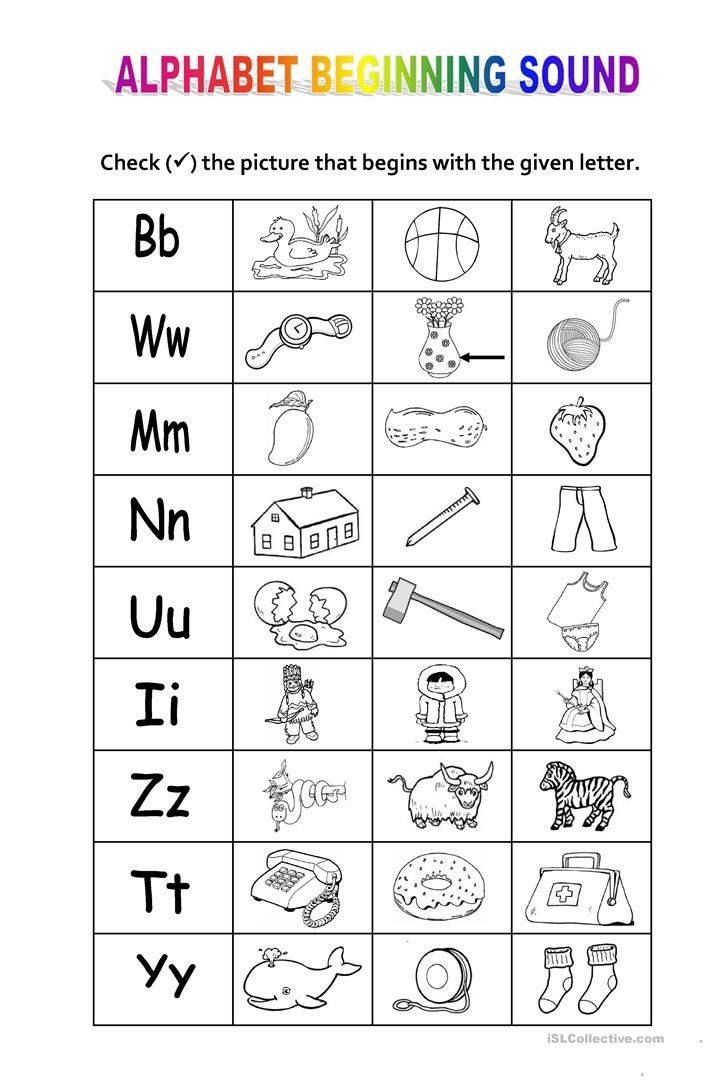 Squirting the correct letter is right up his alley.
Squirting the correct letter is right up his alley.
24. Letter Lacing Activity
Letter Lacing – This letter lacing, quiet bag activity works on fine motor skills while also developing the skills needed to develop in reading.
–>Need Letter Lacing Cards? I like this wooden set from Melissa & Doug that has both animals and letters on the sturdy lacing cards.
25. Alphabet Sounds Race
Letter Sounds Race – Get your kids moving with this letter sounds race. This is a great learning opportunity for your active kids! More alphabet sound learning activities are fun too!
26. Disappearing Letters Game
Disappearing Letters – Kids will learn to love to trace their letters as they see the trick to making them disappear.
Let’s play ABC Learning Games!Alphabet Games for Learning
27. The Game of Bang
Bang – Bang is a letter identification game that will be a lot of fun for the little gamers in your life.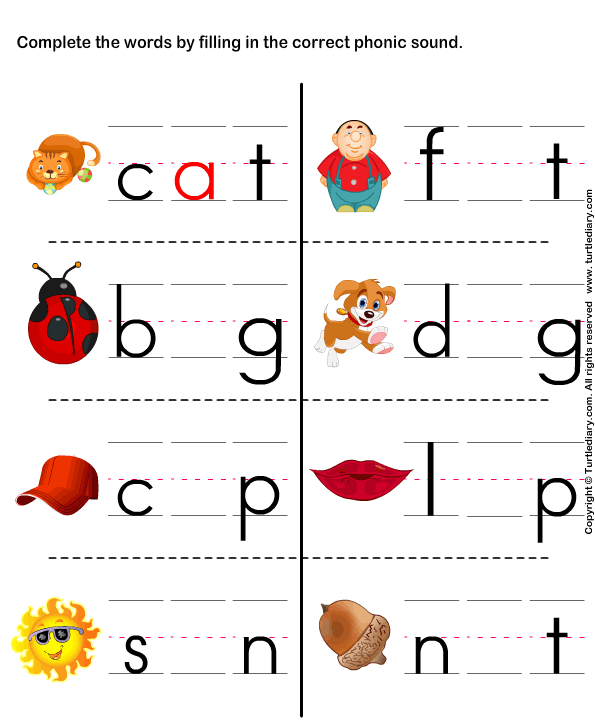
28. Letter Chomp Game
Mr. Shark Alphabet Chomper Game – I love the idea to make a shark out of an envelope in general. Add the learning aspect of having the shark chomp letters, and you have a great game.
29. Letter Tiles Activity
DIY Bananagrams Letter Tiles – Here’s a really smart way to make letter tiles. You can turn them into magnets or play the classic Bananagram game with your creation.
–>Need a Bananagram Game? Here is the original Bananagram game for kids.
30. Make Pretzel Letters
Soft Pretzel Letters – Kids can learn their letters as they have fun making pretzel dough. Through using both the sense of touch and taste, this becomes a fun activity for all.
31. Travel Alphabet Game
Alphabet Words Game – This is a learning game that can be taken anywhere. Keep your kids occupied working on their letters at restaurants, home, car rides and more.
Let’s play letter and sound games!ABC Games for Letters and Sounds
32.
 Touchy Feely Letters
Touchy Feely LettersSensory Bins with Letters – Sometimes the best way to help kids learn is to let them explore. This sensory bin will help kids do just that.
33. Alphabet Seek & Find
Seek-N-Find Alphabet – This letter game is like an eye spy for letters. It involves a plastic tube (easily substituted by a water bottle), and will keep your kids searching for their letters for quite some time.
34. Letter Formation Fun
Tactile Writing – Kids learn to write letters as they use rice and paint to feel their way through the process or writing.
–>Need a Wooden Letter Matching Set? I like this durable Alphabet flash cards and wooden letter puzzle set from LiKee Alphabet.
35. Homemade Domino Letter Fun
Craft Stick Dominos – These craft stick dominos are an easy, homemade version of a domino game with a focus on learning letters and matching symbols. What a fun idea.
36. Flashcard Games
ABC Flashcards – Flashcards can be used by a variety of games and activities like flashcard basketball.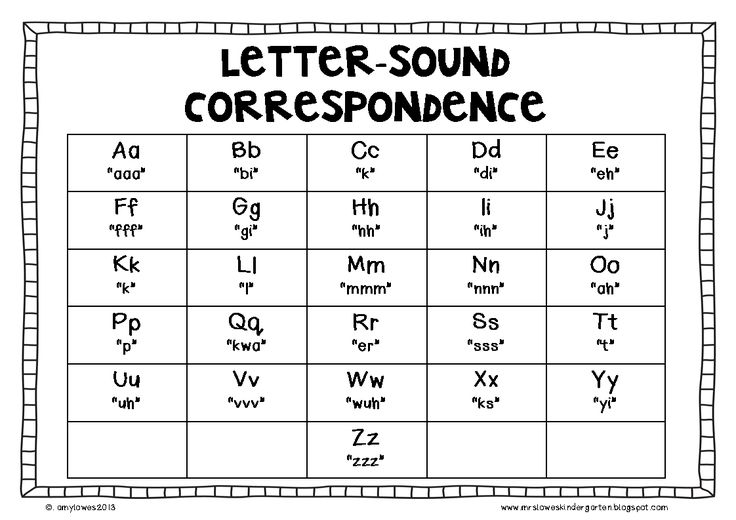 These ones are free. And so are these kids alphabet cards you can download & print instantly.
These ones are free. And so are these kids alphabet cards you can download & print instantly.
Related: Here are a bunch of ideas for flash card games for kids
Let’s play some more abc games!How to Help a Child Learn Letters and Sounds Through Play
37. Make a Sun-Powered Letter Puzzle
Make a DIY shape puzzle using the sun with alphabet letters for a really fun matching game you can play inside or out. Or use this method without the sun to make this fun abc matching game for kids.
38. Collect Alphabet Treasures
Use these free alphabet labels to create small containers for each letter of the alphabet for a special letter collection activity!
39. Make Easy Alphabet Crackers
Making alphabet crackers has never been easier or more fun!
–>Need an Alphabet Snack? I like these Happy Tot Organics ABC Multi-Grain Cookies…yum!
40. Play Alphabet Zipline!
Use these alphabet printable letters to create your own alphabet zipline in your living room.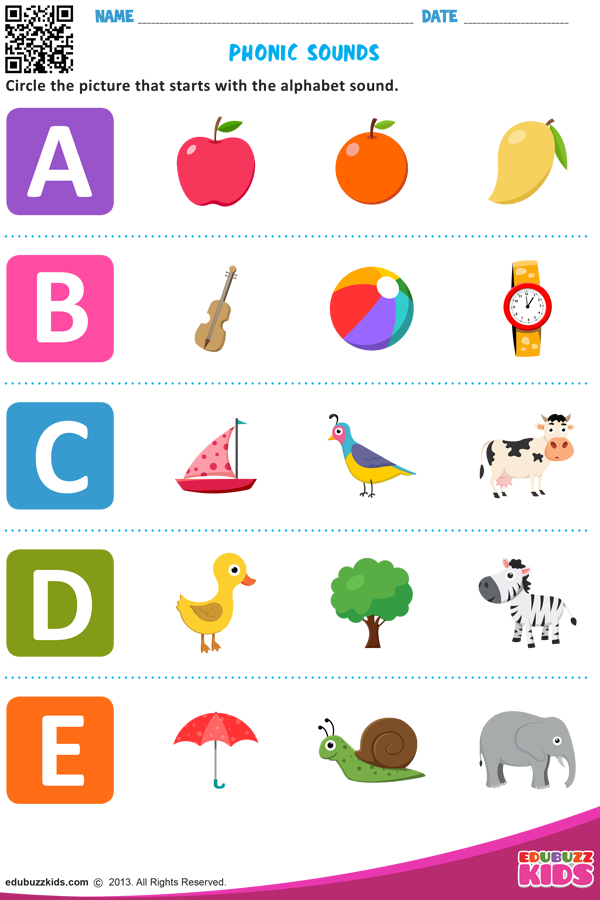 It is really fun.
It is really fun.
41. Play a Silly Letters Game
Try these alphabet games for preschool that are full of fun and a little silly…
42. Make Pipecleaner Letters!
Try to do some fun abc formation with pasta and pipe cleaners which is a fun way to explore letter shapes.
43. Make Bathtub Alphabet Soup
Use bath letters for a big big big batch of bubblebath alphabet soup {giggle}.
44. Color a Letter Coloring Page
- Letter A Coloring Page
- Letter B Coloring Page
- Letter C Coloring Page
- Letter D Coloring Page
- Letter E Coloring Page
- Letter F Coloring Page
- Letter G Coloring Page
- Letter H Coloring Page
- Letter I Coloring Page
- Letter J Coloring Page
- Letter K Coloring Page
- Letter L Coloring Page
- Letter M Coloring Page
- Letter N Coloring Page
- Letter O Coloring Page
- Letter P Coloring Page
- Letter Q Coloring Page
- Letter R Coloring Page
- Letter S Coloring Page
- Letter T Coloring Page
- Letter U Coloring Page
- Letter V Coloring Page
- Letter W Coloring Page
- Letter X Coloring Page
- Letter Y Coloring Page
- Letter Z Coloring Page
45.
 Let’s Play with Playdough!
Let’s Play with Playdough!These playdough pre writing activities are both fun and super hands-on learning.
Let’s make a yummy…I mean gummy…alphabet!46. Make Gummy Letters
This sour gummy recipe makes the cutest alphabet letters to learn and eat!
47. Try a Fun Alphabet Activity Book
There are so many quality workbooks for kids on the market right now so we narrowed it down to some of our favorites that just might fit your kid.
Let’s find the letters and make pictures with crayons!48. Color by Letter Activities for Letter Recognition Fun
We have a whole bunch of color by letter printable pages for kids that help them recognize letters while playing a game:
- Color by letter – A-E
- Color by letter worksheets – F-J
- Coloring by letters – K-O
- Color with letters – P-T
- Preschool color by letter – U-Z
49. Play the Missing Letter Game
Use one of our favorite preschool games, What is Missing? and use either letter flashcards or abc fridge magnet sets to create sequencing of the alphabet and then remove a letter or two.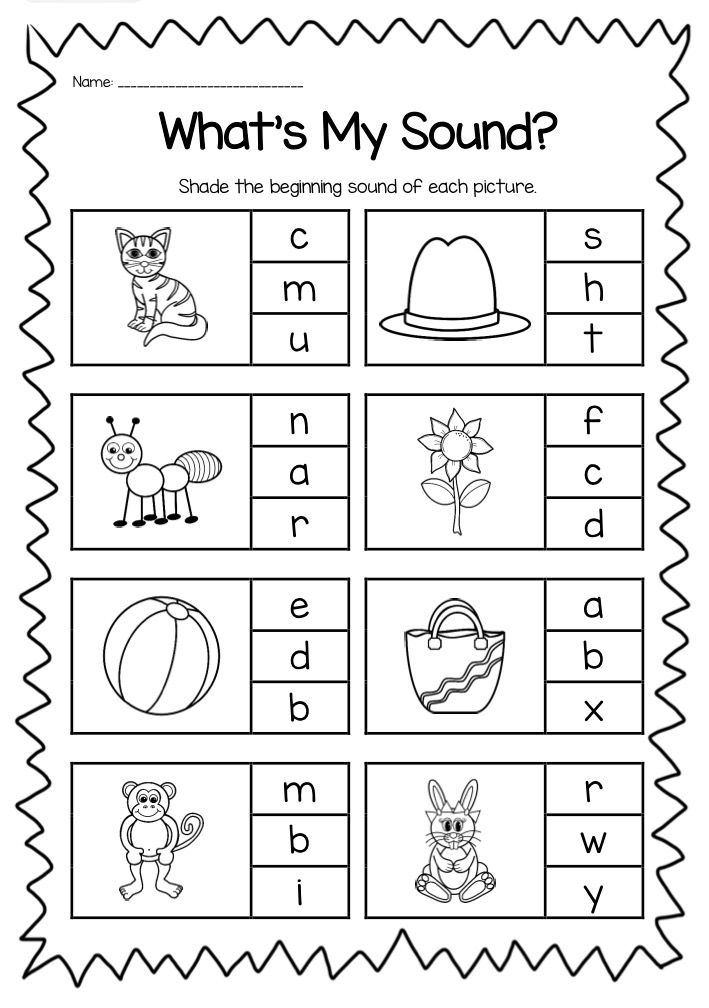
50. Play Alphabet Beach Ball Toss
Modify our fun sight word game with letters instead of sight words. Your beach ball can be covered with the letters of the alphabet for throwing and catching learning fun.
Games for ABC Sounds
51. Learn and sing the ABC sounds song
I love this fun song from Rock ‘N Learn that goes through the entire alphabet with sounds for each of the letters.
52. Play an online ABC sounds game
Monster Mansion is a free online alphabet match game that kids can learn the abc sounds and match them with the proper letter on the proper monster!
53. Print & Play a letter sounds game
Preschool Play and Learn has a really colorful and fun letter sounds board game you can print and play at home or in the preschool classroom.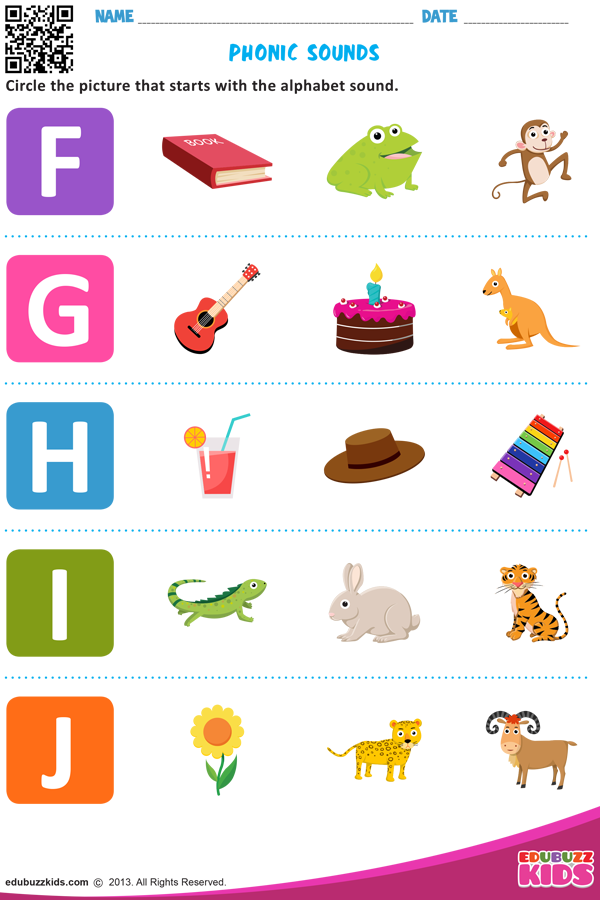 Each player will pick up a card and identify the letter and /or say the sound that the letter makes.
Each player will pick up a card and identify the letter and /or say the sound that the letter makes.
More Learning Games from Kids Activities Blog
- Now that we learned out letters, don’t miss out on our number activities for preschoolers!
- When your child is ready, we have a big giant list of sight word activities that are fun too!
- We have some really fun games teaching kids how to read a clock.
- My favorite massive resource of fun is our kids science games here at Kids Activities Blog.
- It doesn’t have to be October to play some frightful Halloween games.
- Let’s play math games for kids!
- If you need to work out the wiggles, we have the best indoor games for kids.
What was your favorite abc game? Did we miss some alphabet activities that you do with your kids?
letters and sounds in Russian (with audio)
4Mar 03/21/2022What letters and sounds are there in Russian? Which letters represent which sounds? What is the difference between soft and hard consonants? When is a consonant hard and when is it soft? Why do we need soft (b) and hard signs (b)?
Want to find answers to all these questions? Then read on!
Below you will find an interactive Russian alphabet with audio. For each letter [in square brackets], the sounds that it can stand for are indicated, as well as examples of words with this letter. nine0013
For each letter [in square brackets], the sounds that it can stand for are indicated, as well as examples of words with this letter. nine0013
And here, for sure, two questions will immediately appear to you:
№1 Why do some letters have two sounds?
This is a feature of the Russian language. Some letters can represent two different sounds: a hard and a soft consonant. To clearly demonstrate this principle, I specially selected two examples for such letters: one with a hard consonant, and the other with a soft consonant.
№2 Why are no sounds shown for 'ь' and 'ъ'?
These are soft and hard marks. By themselves, they do not represent any sounds. They show us how to read the previous consonant: a consonant before a hard sign will be hard, and a consonant before a soft sign will be soft. nine0013
Also, sometimes we need to separate a consonant from a vowel, and for this we will write one of these signs between them. This is how we distinguish, for example, the words “seed” [s′ém′ʌ] and “family” [s′im′jʌ́].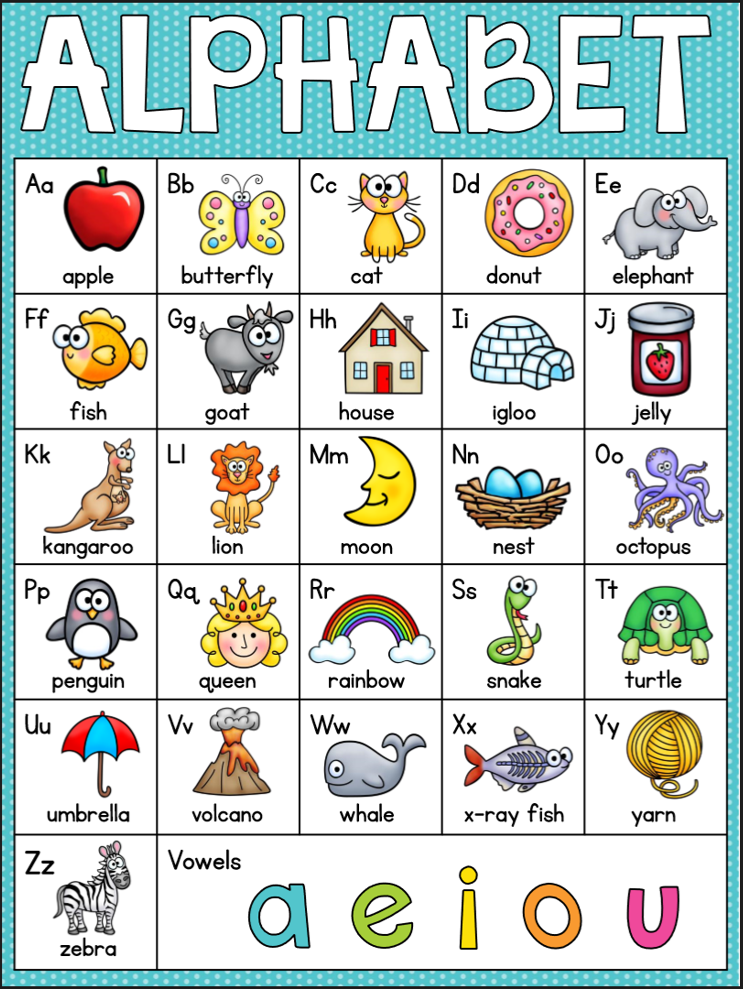
Now, when you listen to the audio, pay attention to these pronunciation features.
But how do you know when a consonant is hard and when soft?
Very easy! You need to look at the next letter.
- Before with a firm sign (b) , before other consonants and before the vowels A , O , in , E, Consistent sound - Twiro -firm .
- Before Soft sign (b) and before the vowels I , ё , U E , and Consistent sound -
Now let's see what happens when we add a consonant to them. Take for example the syllable dya :
dya = d+i = d+d+a = d d +a = d′+a
See? This [th]-component makes the consonant soft!
Finally, let's move from theory to practice! Try to read these words.
 Do you understand them?
Do you understand them? Pineapple, vase, banana, guitar, rocket, moon, mom, dad, hello, music, matryoshka, hat, lamp, movie, coffee, tea, lemon, chair, Saturday, dollar, ruble, Italy, America, Spain . nine0013
Were you able to read it? Did you understand all the words? (You can test yourself on the audio here).
Online Russian dictionaries: which one to choose? How to practice Russian when there is no one to speak Russian withMore posts
This website uses cookies to improve your experience. We'll assume you're ok with this, but you can opt-out if you wish.Accept Read More
Learn letters and sounds with kids
nine0006 7681Before teaching a child to read, parents are advised to first teach the child to recognize and distinguish sounds. Some children understand the difference between letters and sounds after the first explanation, while others do not.
 And then the mother has to connect her imagination and all her pedagogical abilities in order to first understand herself, and then explain to the child why to distinguish between sounds and letters and how to do it.
And then the mother has to connect her imagination and all her pedagogical abilities in order to first understand herself, and then explain to the child why to distinguish between sounds and letters and how to do it. It is necessary to understand the following pattern: there are many more sounds than letters, sounds are more important than letters, letters in themselves do not mean anything, and all qualities, for example: sonority, softness, etc., are related to sounds. One letter can represent several sounds. Therefore, we begin to learn to speak and read precisely with sounds. nine0013
Tell a kid a story:
“People lived in ancient times. They already knew how to speak and therefore loved to tell each other fairy tales and sing songs. But everything they told was quickly forgotten, because people did not know how to write. Fairy tales and songs were so interesting that a person wanted to remember them for a long time. And then people came up with special letter icons.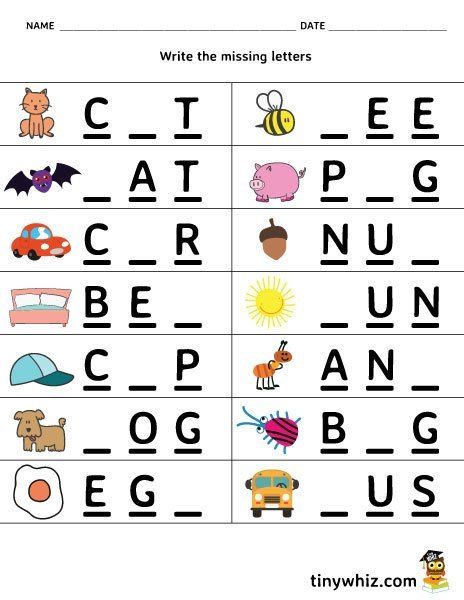 The letters denoted the sounds that people uttered when telling a fairy tale. So the ancient man began to write down his fairy tales with the help of letters. Therefore, letters-icons now live in books, but they are always silent until you want to read them aloud. And as soon as you want to read a letter, sound will immediately appear. Sound and letter are the closest friends and cannot live without each other. A letter without a sound is silent, and a sound without a letter immediately disappears. nine0013
The letters denoted the sounds that people uttered when telling a fairy tale. So the ancient man began to write down his fairy tales with the help of letters. Therefore, letters-icons now live in books, but they are always silent until you want to read them aloud. And as soon as you want to read a letter, sound will immediately appear. Sound and letter are the closest friends and cannot live without each other. A letter without a sound is silent, and a sound without a letter immediately disappears. nine0013 In total, there will be 33 houses in the city, because there are 33 letters in the alphabet. A river will flow through the city, which will divide it into three parts. One coast is called "Vowers", the second - "Consonants", and empty houses are built on the third coast. However, houses will be built in the city not only on the shore, but also on the river. Floating houses are special. They can be painted in two colors, and empty houses in one gray color.
Houses in the city are divided into three types: with two tenants, with one and empty houses.
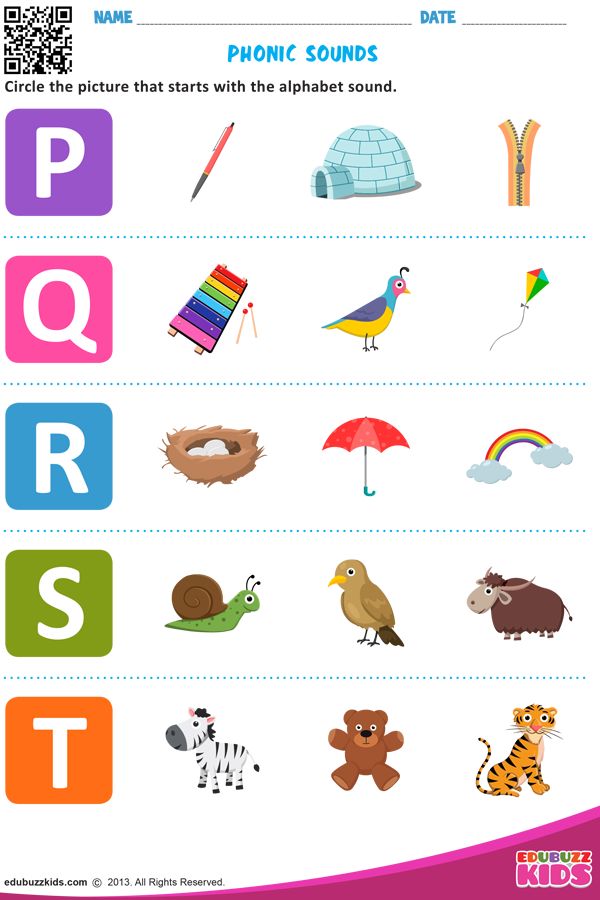 nine0013
nine0013 On the bank of vowels there will be 6 single houses: a, i, o, u, s, e.
Houses were built on the bank of consonants, where 2 sounds live at once - hard and soft: b-b, v-v, g-g, d-d, z-z, k-k, l-l, m-m, n -n, p-p, r-r, s-s, t-t, f-f, x-x, and single houses: f, c, w, d, h, u. In total, 21 houses were built on the bank of the consonants.
Suitcase houses will live on the river, there are only 4 of them. Two sounds Y-E live in the house E, sounds Y-O live in the house YO, in the house Yu - Y-U, in the house I - Y-A. These houses were built on the river because vowels and consonants coexist in them. nine0013
There are empty houses on the third bank: b sign and b sign. Nobody lives in these houses. Therefore, these letters do not have sounds. They are only for writing.
Play with the drawn map.
Discuss with your child in the following sequence: the letter B is the house of two friends: a large and hard sound B and a small and soft sound b.
nine0006 When examining a book, ask: “Where is the letter M in the word BEAR? And what sounds live in the house-letter M?" The child must remember the map or directly examine it with you at this moment and show with a finger that sounds live in this house: big and hard M and small and soft m.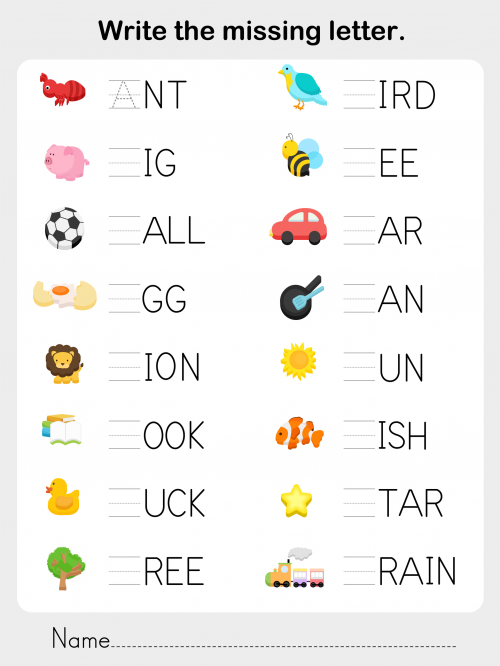 Compare how the letter B sounds, for example, in the words Bom and Bim. (In the word Bom we hear a hard sound B, in the word Bim - a soft sound b).
Compare how the letter B sounds, for example, in the words Bom and Bim. (In the word Bom we hear a hard sound B, in the word Bim - a soft sound b). When studying consonants, call them by the sound they denote, i.e. not "me" or "em", but "m". Otherwise, later it will be very difficult for the child to learn how to combine letters into syllables and words.
The ratio of sounds and letters is quite an abstract thing for kids. And it will be easier for them to understand it if they are guided by the picture and create images in their imagination. nine0013
The Razumeikin website will help your child learn letters in the "Letters and Reading" section and get acquainted with the characteristics of sounds in the "Preparing for Literacy" section - educational videos and interactive tasks will turn learning to read into an exciting game!
Did you like it? Share with friends:
Online classes on the Razumeikin website:
-
develop attention, memory, thinking, speech - and this is the basis for successful schooling; nine0013
-
help to learn letters and numbers, learn to read, count, solve examples and problems, get acquainted with the basics of the world around;
-
provide quality preparation of the child for school;
-
allow primary school students to master and consolidate the most important and complex topics of the school curriculum;
-
broaden the horizons of children and in an accessible form introduce them to the basics of various sciences (biology, geography, physics, chemistry).

-


